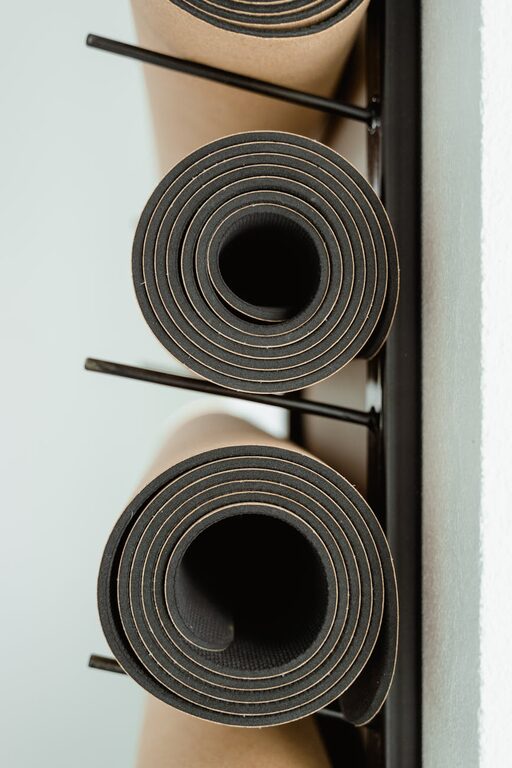Every parent knows the joy of seeing their child create colorful masterpieces—from finger paintings to holiday crafts. However, as these treasures pile up, organizing and storing kids’ art can become a challenge. Without a system, piles of drawings and projects can quickly take over your home, making it hard to appreciate each piece.
The good news? With some thoughtful strategies, you can keep your children’s art organized, preserve memories, and maintain a clutter-free space. In this post, we’ll explore practical tips and creative ideas to manage your kids’ artistic creations effectively.
Why Organize Kids’ Art?
Before diving into tips, it’s helpful to understand why organizing children’s artwork matters:
– Preserve memories: Art pieces capture moments in your child’s development and creativity.
– Reduce clutter: Avoid overwhelming piles of paper around the house.
– Encourage creativity: Organized displays can motivate kids to keep creating.
– Simplify sharing: Easily find and show pieces to family or friends.
1. Create a Dedicated Art Space
Having a specific area for art helps contain materials and finished projects in one spot. This can be a corner of a room, a small table, or a portable art caddy.
Tips for setting up:
– Use shelves or bins to store supplies like crayons, markers, and paper.
– Add a drying rack or wire with clips for art that needs to air-dry.
– Keep a basket or box nearby for newly created pieces that need sorting.
2. Establish an Art Display Area
Kids love seeing their art showcased, which also boosts their confidence.
Ideas for displays:
– Gallery wall: Hang a corkboard, wire with clips, or frames to rotate artwork easily.
– Digital slideshow: Photograph or scan artwork and create a digital album or slideshow.
– Clipboards or hanging strings: Attach several clipboards or string lines where art can be swapped out regularly.
3. Sort and Decide Regularly
Instead of keeping every piece, set a regular schedule—monthly or quarterly—to review and sort art.
Sorting tips:
– Save favorites: Keep the most meaningful or exceptional pieces.
– Use a “maybe” box: Store some pieces temporarily while you decide.
– Recycle or repurpose: Use older art for gift wrap, cards, or craft projects.
4. Use Storage Solutions That Work
The right storage helps protect art and keeps it organized.
Storage ideas:
– Portfolio folders: Large, flat folders keep art safe and organized by date or child.
– Expandable files: Great for sorting by age, theme, or school year.
– Art boxes: Plastic or decorative boxes hold bulky projects like sculptures.
– Binders with plastic sleeves: Store smaller drawings systematically.
5. Digitize Artwork for Long-Term Keeping
Scanning or photographing artwork creates digital copies that don’t take up physical space and are easy to share.
Tips for digitizing:
– Use a good camera or scanner for clear images.
– Organize digital files by date or child.
– Consider creating photo books or printed collections annually.
– Use apps designed for managing kids’ art, which can help organize and create keepsakes.
6. Make Art Books or Keepsakes
Turn collections into personalized books or items your child can treasure for years.
Ideas include:
– Photo books featuring scanned art.
– Calendars or greeting cards made from the art.
– Customized gifts like mugs or t-shirts featuring favorite designs.
7. Encourage Your Child’s Involvement
Getting kids involved in organizing teaches responsibility and pride in their work.
How to include them:
– Let them select pieces to keep or recycle.
– Help create displays or photo books.
– Encourage labeling artwork with dates and descriptions.
8. Set Limits and Boundaries
To keep things manageable, decide how much art to keep and stick to those limits.
Helpful boundaries:
– Allocate one box or folder per child.
– When full, review and reduce to make space for new art.
– Discuss limits kindly to avoid hurt feelings.
Final Thoughts
Organizing kids’ art doesn’t have to be overwhelming. With a few dedicated spaces, regular sorting, and creative storage ideas, you can hold onto those special creations without clutter. These habits not only keep your home tidy but also celebrate and encourage your child’s artistic journey.
Remember, the goal is to cherish memories and inspire creativity in a way that feels joyful and manageable for your whole family.
Happy organizing!


